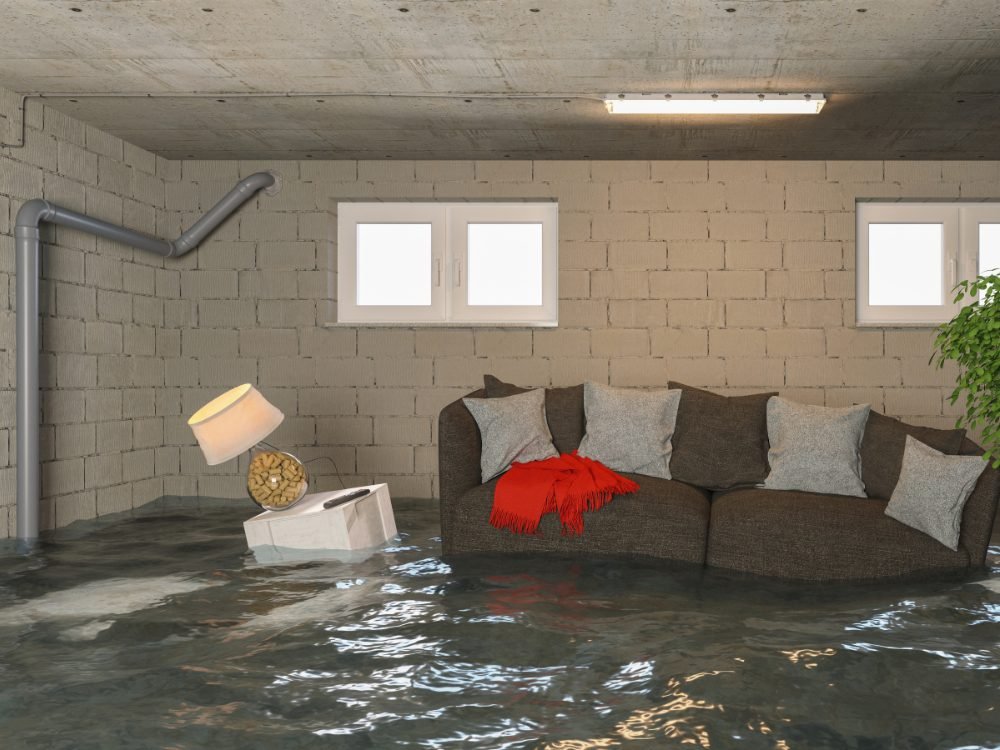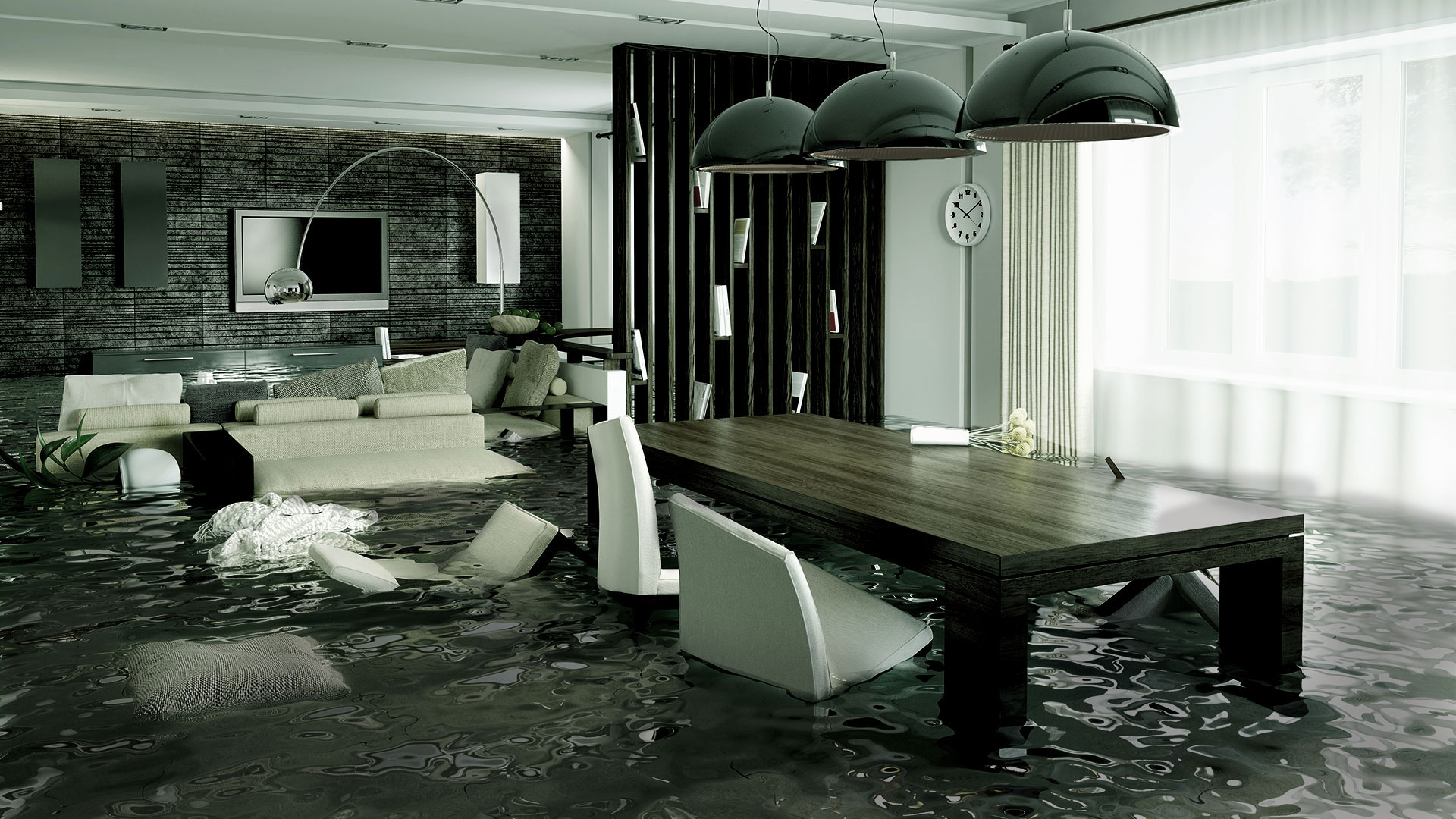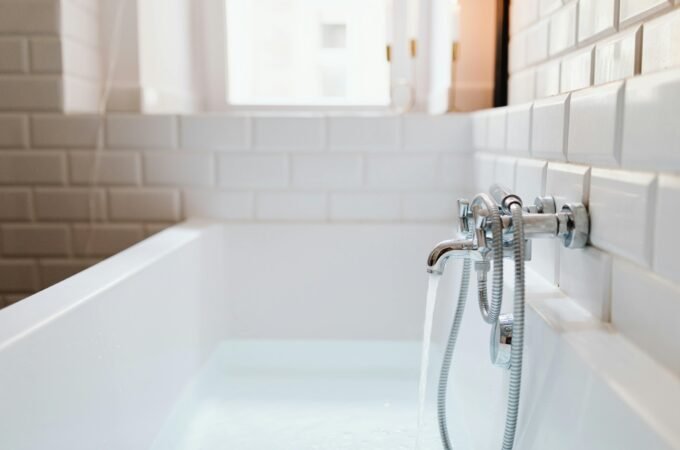
Expert Tips for Effective Water Damage Restoration in Rockford
The Science Behind Water Damage: Understanding the Risks
How Water Intrusion Affects Building Materials
Water intrusion can wreak havoc on various building materials, leading to structural complications and necessitating timely and efficient restoration efforts. Common materials such as wood, drywall, and insulation are particularly vulnerable. When water infiltrates these elements, it can lead to warping, swelling, and, in some cases, total degradation. Wood, for example, can absorb moisture and expand, compromising the integrity of walls, floors, and ceilings. This not only affects aesthetics but can also lead to alarming safety hazards if left unchecked. Furthermore, drywall can lose its structural integrity when exposed to moisture, leading to premature failure. In severe cases, metal components may experience corrosion, creating potential hazards and necessitating extensive repair or replacement. Understanding these impacts underscores the urgent need for swift intervention in the wake of water intrusion.

The Hidden Dangers of Mold Growth Post-Water Damage
The aftermath of water damage can often give rise to a silent yet insidious threat: mold growth. Mold spores are ubiquitous in any environment and thrive in moist conditions, making water-damaged spaces prime breeding grounds. Particularly in Rockford, where humidity can be high, mold can proliferate rapidly and lead to a range of health issues, from respiratory problems to allergic reactions. Mold can form within 24 to 48 hours of water intrusion, and its presence can also signify deeper problems within building materials. For instance, if mold appears behind walls or under floors, it can indicate prolonged moisture exposure that hasn’t been adequately addressed. Thus, a comprehensive water damage restoration process must include a focus on mold remediation—removing existing mold and taking steps to prevent future growth through adequate drying, ventilation, and the installation of mold-resistant materials when necessary.
Step-by-Step: Your Comprehensive Water Restoration Plan
Emergency Response: The First 24 Hours After Water Damage
The first 24 hours after a water damage incident are crucial for successful restoration. During this window, quick action can significantly mitigate damage and reduce restoration costs. Immediately upon discovering water intrusion, it’s vital to shut off the source of water if safe to do so. This may involve turning off a valve, shutting down appliances, or even calling your local water utility company. Once the source is contained, the next step is to remove any standing water. This can necessitate the use of pumps, wet vacs, or professional water extraction services, depending on the volume of water. Furthermore, it is essential to begin drying out affected areas and materials—the longer moisture remains, the more extensive the damage and potential mold growth. Utilize fans, dehumidifiers, and open windows to promote airflow and evaporation.
Assessing the Damage: Professional Evaluation vs. DIY Inspection
A thorough damage assessment is a pivotal step in any water damage restoration plan. While DIY inspections can provide initial insights, they often fall short in comprehensiveness. Professional evaluators possess specialized tools like moisture meters and thermal imaging equipment, which can detect hidden water and dampness inside walls or beneath floor coverings. This level of analysis ensures that none of the damage goes unnoticed, preventing costly repairs down the line. Moreover, professionals can identify potential hazards, such as electrical issues or structural instability, stemming from the water damage. Engaging qualified restoration experts not only expedites the recovery process but often results in a more effective restoration that adheres to safety standards and regulations.
Prevention is Key: Protecting Your Rockford Home from Future Water Damage
Innovative Techniques for Waterproofing Your Property
To avoid the costly repercussions of water damage, investing in effective waterproofing techniques is essential, particularly in a climate like Rockford’s that experiences seasonal fluctuations. Homeowners can consider creating a barrier against moisture intrusion through the installation of exterior drainage systems, such as French drains, which channel water away from the foundation. Similarly, sealing cracks and crevices in the foundation, walls, and windows with high-quality sealants can prevent water from seeping indoors. Additionally, waterproofing basements and crawl spaces using specialized coatings can create an additional line of defense against groundwater. The use of sump pumps also complements these methods, particularly in areas prone to heavy rain, ensuring that excess water is effectively removed before it accumulates indoors. These measures not only protect your home but also enhance its resale value and longevity.
Seasonal Maintenance Tips to Avoid Water-related Disasters
Beyond waterproofing, regular seasonal maintenance is imperative to ensure long-term moisture control and safeguard your home from water damage. Homeowners should conduct a thorough inspection of their roofing and gutters, as blockages or damages can lead to water overflow and subsequent leaks. Cleaning gutters at least twice a year, particularly in the fall, prevents debris accumulation that can lead to structural damage. Additionally, ensuring that downspouts direct water away from the foundation is vital. During the spring and summer months, homeowners should also monitor for any excessive dampness in basements or crawl spaces and consider using dehumidifiers in high-humidity conditions. Taking proactive steps to maintain your plumbing system by routinely checking for leaks and replacing worn pipes or fixtures can save substantial costs compared to dealing with the consequences of major water damage.

Choosing the Right Professionals: Ensuring Effective Restoration
What to Look for in a Water Damage Restoration Company
Selecting the right water damage restoration company is pivotal in ensuring effective restoration and peace of mind. Look for companies that are licensed and insured, as this not only ensures compliance with industry standards but also protects homeowners from liability. It’s equally essential to evaluate their experience and expertise in water damage restoration Rockford, with a focus on companies that have robust track records in handling various types of water damage scenarios—whether residential or commercial. Read reviews and request references to gauge their reliability and customer satisfaction. Certifications from reputable organizations, such as the Institute of Inspection Cleaning and Restoration Certification (IICRC), demonstrate a commitment to professional standards. Availability is another critical factor; water damage can escalate quickly, and choosing a company that offers 24/7 emergency response services can mitigate potential devastation.
The Role of Technology in Modern Restoration Practices
The landscape of water damage restoration has been transformed by technological advancements that enhance efficiency and effectiveness. Modern restoration practices now incorporate sophisticated equipment such as advanced moisture detection tools, high-capacity air movers, and refrigerant dehumidifiers. Furthermore, thermal imaging technology allows technicians to identify hidden moisture pockets that may not be visible to the naked eye, ensuring that all affected areas are properly addressed. Additionally, the use of electronic drying systems enables precise control over the drying process, reducing the likelihood of mold growth and damage to structural elements. Some companies also employ remote monitoring systems to track moisture levels and assess the condition of restoration efforts in real-time, ensuring transparency and accountability throughout the restoration process.




